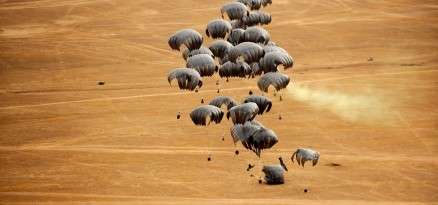Dear Mrs. Cuttatree, I am The Great Horned Owl (Bubo Virginianus)
I am large with big ear tufts and yellow eyes. My face ranges from grey to cinnamon. I am best known for the tufts of feathers on my head that look like horns. I am about 63 cm at the max. I am also known as the Tiger Owl. I am a male so I weigh about 2,698 grams but if I were a female I would weigh about 1,608 grams. My wingspan is 140.2 centimeters. There are usually 1- 4 eggs in my clutch.
I have many characterizations that make me who I am. One of them is that my feathers are in a pattern to look like tree bark. That’s a structural adaptation. I also have big almost cat-like eyes that help me see in the dark. I have loosely packed feathers that make me almost silent when I’m flying, which makes it a lot easier to sneak up on my prey. I also have excellent ears to help me hunt in the dark. BTdubs the names Justinie. (Jus- tine- y) I am ruthless and aggressive I attack many things. I live in most of North America, South America and some of Canada. I do not regularly migrate but some of us do choose to migrate down south during the fall. I can be found in almost any habitat, forests, swamps, streamsides, and even open country. I require at least a little bit of cover though. During the mating season, I stay away from tundras and unbroken grasslands. I have the most diverse diet of all North American raptors. My prey range in size from tiny rodents and scorpions to hares, skunks, geese, and raptors. I eat mostly mammals and birds—especially rabbits, hares, mice, and American Coots, but also many other species including voles, moles, shrews, rats, gophers, chipmunks, squirrels, woodchucks, marmots, prairie dogs, bats, skunks, house cats, porcupines, ducks, loons, mergansers, grebes, rails, owls, hawks, crows, ravens, doves, and starlings. I supplement my diet with reptiles, insects, fish, invertebrates, and sometimes carrion. Although I am usually a nocturnal hunter, I sometimes hunt in broad daylight. After spotting my prey from a perch, I pursue it on the wing over woodland edges, meadows, wetlands, open water, or other habitats. I may walk along the ground to stalk small prey around bushes or other obstacles.
I am towards the top of the food chain, I eat most things around me and I am large so it’s hard for smaller things to eat me. If I went extinct there would be an overpopulation of quite a few smaller mammals. If I didn’t have the habitat I needed to survive I would be close to going extinct. But a big part of the earth would have to disappear for that to happen so let’s hope. I think that you should not cut down this forest because it would displace and destroy a great many animals, not just me. Also, trees help to provide a healthy planet for you as well! They suck in CO2 and make air out of it! I found that I look like tree bark and that really helps me survive in the wild. YOU SHOULD NOT CUT MY FOREST DOWN!!! I AM IMPORTANT IN THE FOOD CHAIN.
Thanks!
-Justinie

https://www.allaboutbirds.org/guide/Great_Horned_Owl/id
https://www.audubon.org/field-guide/bird/great-horned-owl
https://www.allaboutbirds.org/guide/Great_Horned_Owl/lifehistory#food

